10. It's also a story about trickery.
Wolf is a presentation of older, stronger and primal powers. We can see the forces of nature of him, but we can also understand the wolf as a presentation of a father (little kids, just like Red Cap, don't have a father). The fight between bigger, stronger, older and smaller, weaker, younger opponent easily remind us of the fight between generations.
Almost all myths and almost all fairy tales solve such duels in one of two possible ways:
- with a help of a helper (often magical - think about the hunter in The Red Cap or the prince in The Sleeping Beauty or the fairy godmother in The Cinderella);
- with a trick (think about The Valiant Little Tailor or Puss in Boots or Hansel and Gretel).
We can find elements of both in Wolf and 7 kids, where mother represents a helper, but it's not her power or smartness which defeats the wolf. It was all his fault because he was too gluttonous and carelessly slept in front of the house just like the wolf in Red riding hood forgot about the necessary precautions. In both cases, something new replaced the old.
Reading both stories in this light we don't only find a consolation message (Tomorrow the sun will shine again), but an optimistic one too (Tomorrow will be better than yesterday). When we learn to understand the fairy tales this way, they open a whole new view on the world.


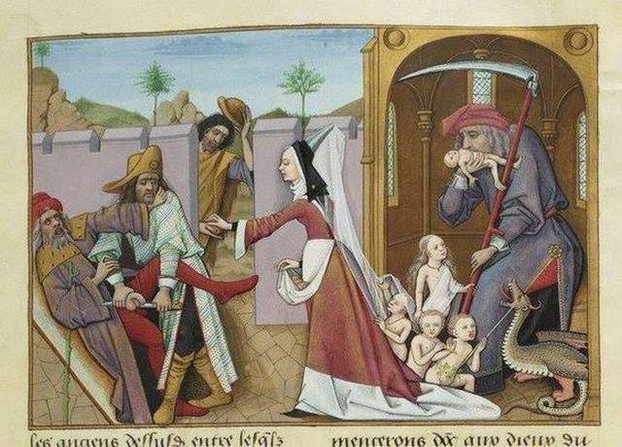
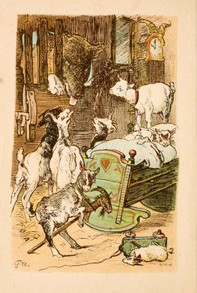
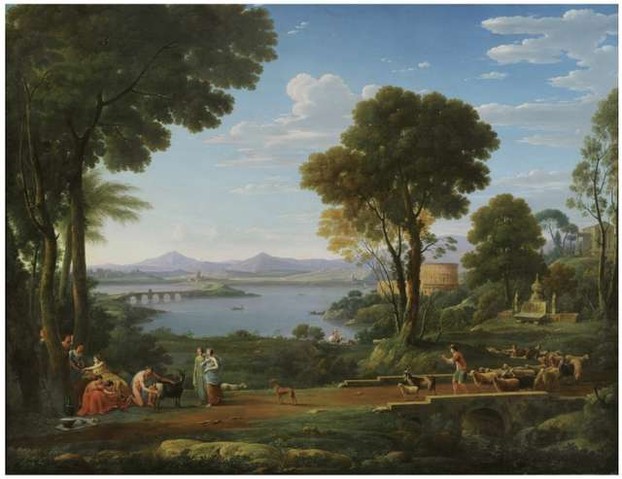
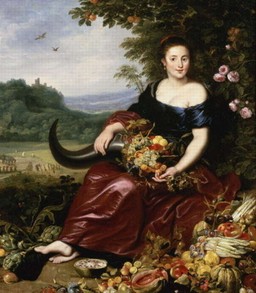
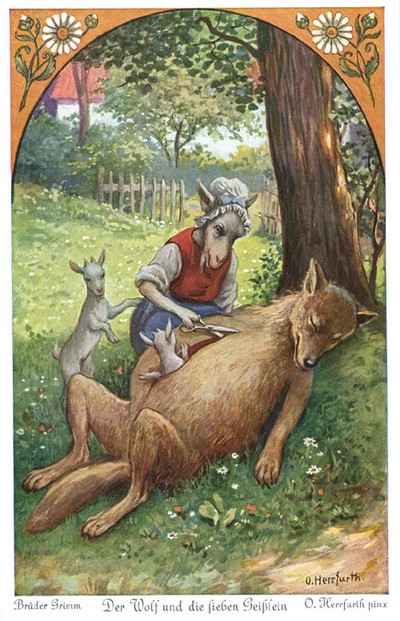
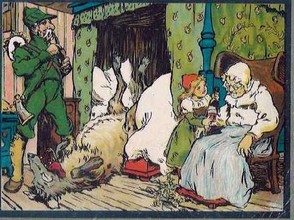
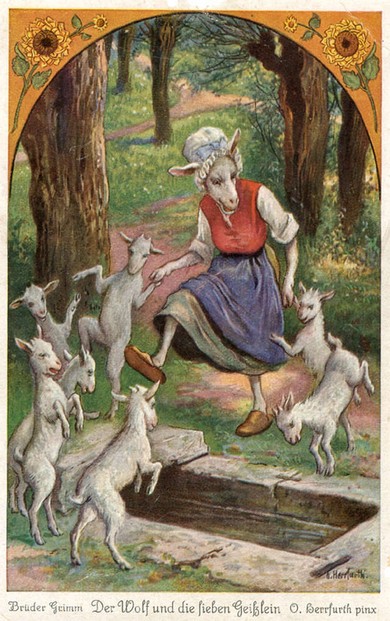
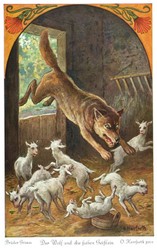

 Vintage Postcard Artists with 10 Examples of Easter Cardson 02/21/2025
Vintage Postcard Artists with 10 Examples of Easter Cardson 02/21/2025
 Valentine's Symbolson 01/23/2025
Valentine's Symbolson 01/23/2025
 Thanksgiving Symbolson 11/12/2024
Thanksgiving Symbolson 11/12/2024
 Famous Witches in Literary Historyon 10/06/2024
Famous Witches in Literary Historyon 10/06/2024
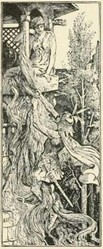
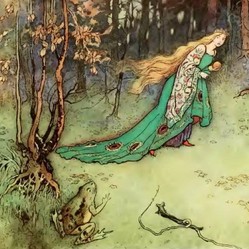
Can you add another parallel between Zeus dethroning Cronus and The wolf and seven young goats?
Yes, it's very likely a cuckoo clock.
The third similarity, The name of Cronus is related with time - Chronos, correlates the youngest kid hiding in a timekeeping piece -- a wall clock -- with an ancient timekeeper, Cronus!
Is it possible that wall clock was a cuckoo clock?
The latter may have been invented in southwestern Germany by the 18th century. That would have been "in time" -- ;-D -- for its reputation to develop sufficiently for Grimm Brothers' attention, correct?
There are many fairy tales with very active female characters in fairy tales. Especially mothers (and stepmothers) can be very protective considering their offspring.
The second parallell, Cronus was eating his children, alerts us to Gaia and Rhea as proactive deities. Both goddesses do not do nothing when they feel that their respective spouses go ethically, morally, spiritually downward.
Do mothers and wives in fairy tales always, never, sometimes have active or passive roles when the men in their lives -- ;-D -- behave, talk, think unacceptably?
It's possible, of course, but in reality old myths through retellings became shorter and more adapte to modern audience, what eventually, in several cases resulted in fairy tales.
The second myth antecedent to fairy tales, Cronus was eating his children, alerts us to Cronus' "fate - one of his own kids will dethrone him just like he did his father. To prevent this happening, he decided to eat all of his posterity right after the birth."
Is fate non-existent, strong or weak in fairy tales?
Your title acquaints us with the possibility of a myth becoming a fairy tale.
Is the reverse, a fairy tale becoming a myth, possible?
Thank you, DerdriuMarriner, I completely forgot about the Bulfinch. It seems seven is not a magic / fairy tale number for nothing!
Tolovaj, Very nice! The Myth of the Birth of the Hero by Otto Rank, from Bulfinch's Mythology on the levigilant website, mentions the seven children ordered to be killed by Matabruna, the mother of King Oriant of Flanders and mother-in-law of Beatrix. The seventh ultimately rescues his mother and siblings and wins against his grandmother. It serves as one of the variations on the Knight with the Swan saga covered by the Brothers Grimm and the Wagnerian opera Lohengrin.
Kinda sorta the same but kinda sorta different.